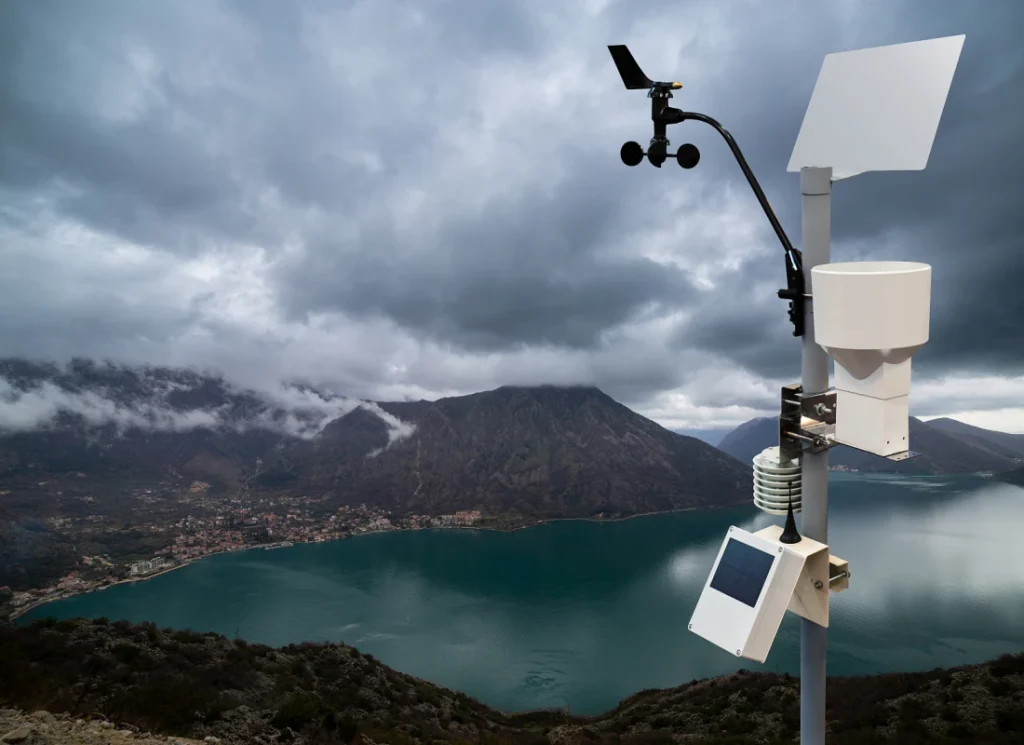
# Rainwater Sensor: Efficient Water Management Solution
## Introduction to Rainwater Sensors
Rainwater sensors are innovative devices designed to detect and measure precipitation, providing valuable data for efficient water management systems. These sensors play a crucial role in modern irrigation systems, smart cities, and sustainable water conservation efforts.
## How Rainwater Sensors Work
Rainwater sensors typically operate using one of several technologies:
– Tipping bucket mechanism
– Optical detection
– Capacitive sensing
– Acoustic measurement
The most common type uses a tipping bucket mechanism where precipitation fills a small bucket that tips when full, creating an electrical signal that’s counted to determine rainfall intensity.
## Benefits of Using Rainwater Sensors
Implementing rainwater sensors offers numerous advantages:
– Water conservation: Automatically prevents irrigation during rainfall
– Cost savings: Reduces unnecessary water usage
– Environmental protection: Minimizes runoff and soil erosion
– Smart integration: Works with automated irrigation controllers
– Data collection: Provides valuable precipitation records
## Applications in Modern Water Management
Rainwater sensors find applications in various sectors:
### Residential Use
Homeowners can integrate these sensors with their sprinkler systems to avoid watering lawns during rain, potentially saving thousands of gallons annually.
### Agricultural Implementation
Farmers utilize advanced sensor networks to optimize irrigation schedules based on actual precipitation data, improving crop yields while conserving water resources.
### Urban Planning
Cities incorporate rainwater sensors into smart infrastructure to manage stormwater runoff, prevent flooding, and maintain green spaces efficiently.
## Choosing the Right Rainwater Sensor
When selecting a rainwater sensor, consider these factors:
– Accuracy requirements
– Maintenance needs
– Compatibility with existing systems
– Local climate conditions
– Wireless vs. wired options
– Data logging capabilities
## Installation and Maintenance Tips
Proper installation ensures optimal performance:
1. Mount the sensor in an open area away from obstructions
2. Ensure proper leveling for tipping bucket models
3. Clean the sensor regularly to prevent debris buildup
4. Check connections and batteries periodically
5. Calibrate according to manufacturer instructions
## Future of Rainwater Sensing Technology
Emerging technologies are enhancing rainwater sensors with:
– IoT connectivity for remote monitoring
– AI-powered predictive analytics
– Integration with weather forecasting systems
– Miniaturization for wider deployment
– Improved energy efficiency
## Conclusion
Rainwater sensors represent a smart, efficient solution for water management in an era of increasing environmental awareness. By providing accurate, real-time precipitation data, these devices help conserve water resources, reduce costs, and promote sustainable practices across residential, agricultural, and urban applications.
Keyword: rainwater sensor